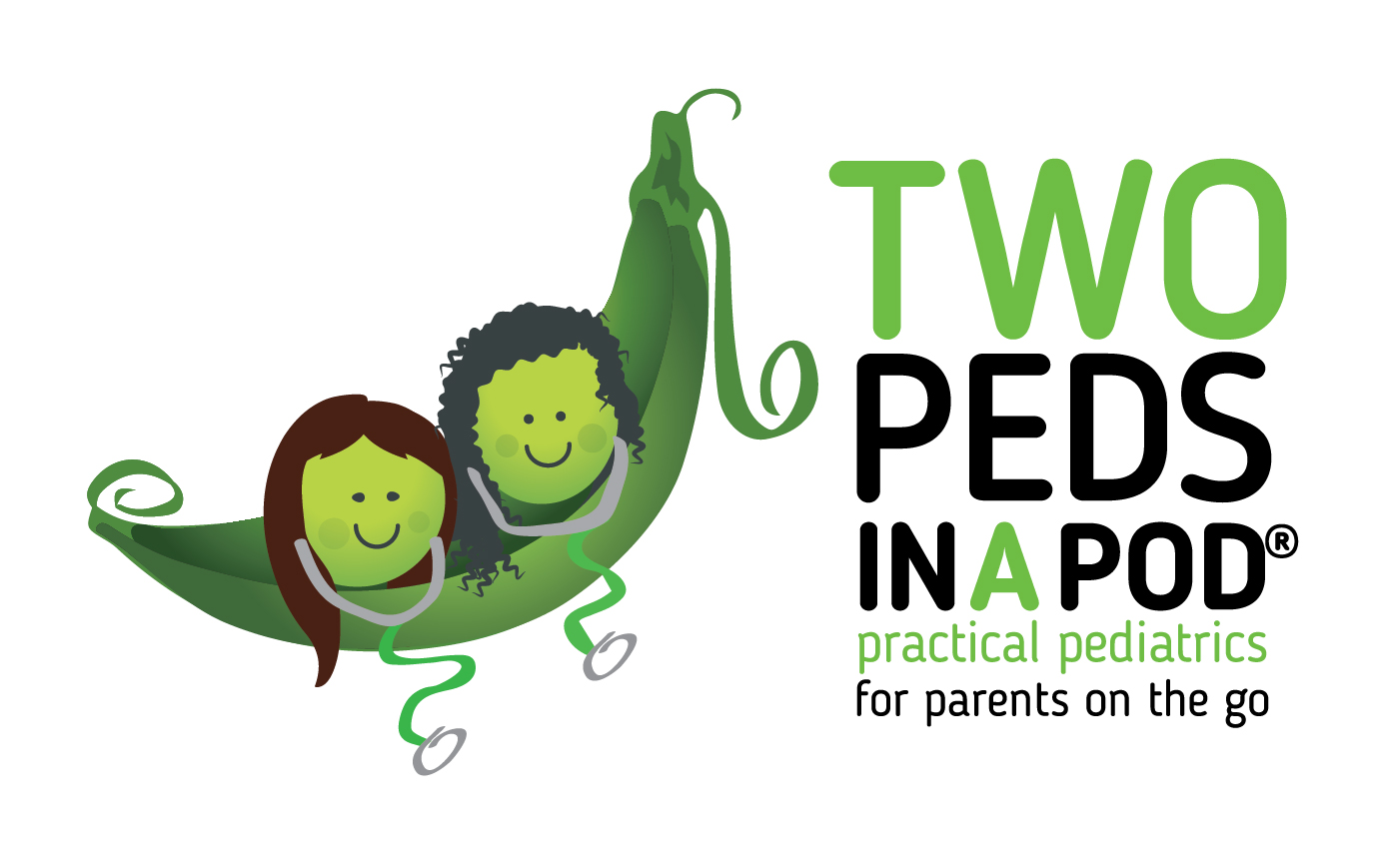 One of my office nurses was clearly rattled when she came into work the other day. “I was in the Acme parking lot,” she told me. “The parking was tight. As I was backing out, I saw a woman engrossed in a conversation on her cell phone driving towards me. There was nothing I could do to avoid an accident. If I pulled forward, away from the phone-talking driver, I would have hit an elderly person lugging groceries. If I backed up I would have driven into the car. I pushed against my horn. The woman did not even blink. All I could do is brace for a crash.”
One of my office nurses was clearly rattled when she came into work the other day. “I was in the Acme parking lot,” she told me. “The parking was tight. As I was backing out, I saw a woman engrossed in a conversation on her cell phone driving towards me. There was nothing I could do to avoid an accident. If I pulled forward, away from the phone-talking driver, I would have hit an elderly person lugging groceries. If I backed up I would have driven into the car. I pushed against my horn. The woman did not even blink. All I could do is brace for a crash.”
Cell phones. Even for an experienced driver they can be a distraction. You would think that these kind of accidents would deter people from becoming distracted, but apparently not. Yes, they are ubiquitous. What would we do without them? Even now I am typing this post on my iPhone during my kindergardener’s swim lesson.Our teens are equally as glued to their phones. At the New Jersey shore this summer, I noticed teens away from home with no keys, no purses; just a cellphone tucked under a bikini strap. One time during an office visit with a teen,I started to talk to his mother when I noticed that he had his hand in his coat pocket. He was texting with one hand– most likely about the office visit. On week day afternoons, adults drivers know to avoid the local high schools because teens driving cars swarm into the streets, too often with phones glued to their ears. Some even text while driving.
One time I cornered a group of teens in my office.”Adults are concerned that young drivers are texting and driving simultaneously. What can be said to teens in order to make them stop?” I asked. They simply shrugged their shoulders. Nothing short of a law, they told me.
According to the Governor’s Highway Safety Association, 26 states have laws curtailing the use of cell phones (hand held or texting) while driving. In my home state of PA, legislation is currently pending. Despite what those teens in my office said, parents can and should guide their children–even without a law. Here are facts, courtesy of Pennsylvania State Representative Marguerite Quinn, to share with your teen.
- Driver inattention is the leading factor in most crashes and near-crashes, according to a 2006 report by the National Highway Traffic Safety Administration and the Virginia Tech Transportation Institute.
- According to the National Safety Council, traffic crashes are the leading cause of teen deaths, accounting for 44% of all teen deaths in the United States.
- The 100-car Naturalistic Driving study found cell phone use associated with the highest frequency of distraction-related crashes and near-crashes.
As my office nurse found, a cell phone can be more than”just a little” distraction. Hopefully your teen will never find that out the hard way.
Naline Lai, MD
© 2010 Two Peds in a Pod




 Do vaccines cause autism?
Do vaccines cause autism? My sister-in-law was startled when brown spots began to appear on her preschooler’s teeth. A trip to the dentist revealed that my nephew had eleven cavities, the result of constantly drinking juice as an infant and toddler. Unfortunately, time in the operating room was required to fill all the rotten spots. Today our guest blogger, Dr. Paria Hassouri, answers frequently asked questions on infant dental care. Starting care as an infant can prevent your child from ending up like my nephew with a mouthful of cavities. Dr. Hassouri is a board certified pediatrician who completed her training at the Cleveland Clinic Foundation. She has been in practice for seven years and is with Cedars Sinai Medical Group in Beverly Hills, California. She is currently writing abook about the experience of pediatrician moms across the United States. – Dr. Lai
My sister-in-law was startled when brown spots began to appear on her preschooler’s teeth. A trip to the dentist revealed that my nephew had eleven cavities, the result of constantly drinking juice as an infant and toddler. Unfortunately, time in the operating room was required to fill all the rotten spots. Today our guest blogger, Dr. Paria Hassouri, answers frequently asked questions on infant dental care. Starting care as an infant can prevent your child from ending up like my nephew with a mouthful of cavities. Dr. Hassouri is a board certified pediatrician who completed her training at the Cleveland Clinic Foundation. She has been in practice for seven years and is with Cedars Sinai Medical Group in Beverly Hills, California. She is currently writing abook about the experience of pediatrician moms across the United States. – Dr. Lai As I watched my ten-year-old play basketball today, my first question was “Will my child might finally get the ball into the basket?” My second question was, “Will all the kids make it through the game without spraining an ankle?
As I watched my ten-year-old play basketball today, my first question was “Will my child might finally get the ball into the basket?” My second question was, “Will all the kids make it through the game without spraining an ankle?

 “Help, Mommy, Daddy, I wet the bed!”
“Help, Mommy, Daddy, I wet the bed!” 1. Moisture every day especially after bathing with Cerave Cream or Lotion. It contains ceramides which “waterproofs”the skin and keeps moisture in, but without that greasy feel.
1. Moisture every day especially after bathing with Cerave Cream or Lotion. It contains ceramides which “waterproofs”the skin and keeps moisture in, but without that greasy feel.